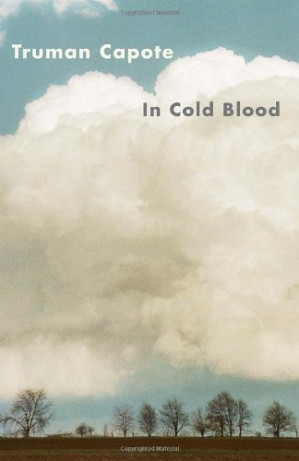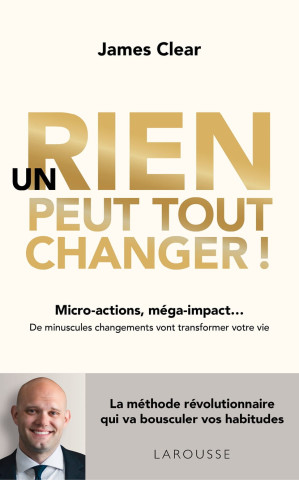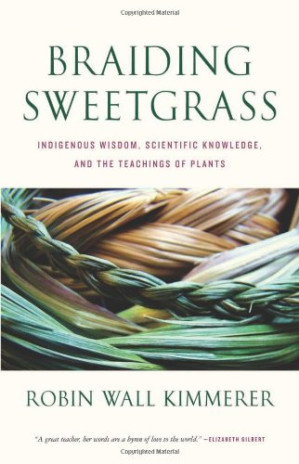Humanize victims before detailing violence.
Capote spends nearly a hundred pages on Clutter routines—farming schedules, school plans, church roles—so the eventual crime lands harder. It's a lesson on building empathy before presenting data.

Book summary
by Truman Capote
A meticulous reconstruction of the Clutter family murders and the execution of their killers
Truman Capote invents the nonfiction novel with a Kansas murder case
Topics
Read Part I ("The Last to See Them Alive") with attention to detail, tagging the sensory cues Capote uses to make the Clutter family real. In later parts, track how he juxtaposes road-trip banter with investigative slog. Use AI prompts to question where empathy or manipulation surfaces.
Things to know before reading
Capote spent six years interviewing witnesses, detectives, and the killers Perry Smith and Dick Hickock to chronicle the 1959 Clutter family murders in Holcomb, Kansas. The book interweaves small-town life, police work, and the killers' biographies, inventing the "nonfiction novel" form that blends literary flair with fact-checking. It interrogates violence, class, and the criminal justice system.
Narrative journalism can deepen understanding but also blur boundaries.
Capote spends nearly a hundred pages on Clutter routines—farming schedules, school plans, church roles—so the eventual crime lands harder. It's a lesson on building empathy before presenting data.
By delving into Perry Smith's childhood trauma and Hickock's financial desperation, Capote threads empathy through horror. Readers learn to hold two truths at once: context explains behavior, but accountability remains.
Capote's closeness to Perry raises questions about objectivity, reminding modern storytellers to examine their own attachments and power.
Ready to continue? Launch the Readever reader and keep turning pages without paying a cent.
Readever lets you annotate Capote's structural choices—switching POVs, foreshadowing arrests, humanizing murderers—so you can analyze how storytelling shapes public opinion and policy.
Key idea 1
Capote spends nearly a hundred pages on Clutter routines—farming schedules, school plans, church roles—so the eventual crime lands harder. It's a lesson on building empathy before presenting data.
Key idea 2
By delving into Perry Smith's childhood trauma and Hickock's financial desperation, Capote threads empathy through horror. Readers learn to hold two truths at once: context explains behavior, but accountability remains.
Key idea 3
Capote's closeness to Perry raises questions about objectivity, reminding modern storytellers to examine their own attachments and power.
Capote reconstructs the 1959 murder of the Clutter family in Holcomb, Kansas. Part I follows the family's final day; Part II tracks the investigation; Part III follows killers Perry Smith and Dick Hickock across the country; Part IV covers the trial and execution. The structure invented the "nonfiction novel"—fact-checked reporting with literary pacing.
Open Readever's reader to highlight passages, ask the AI companion questions, and keep exploring without paying a cent.
Critics hailed the book as a masterpiece when it was serialized in The New Yorker and later as a standalone volume. Norman Mailer called it "the best documentary novel ever written." The book raised questions about journalistic ethics because of Capote's personal relationship with Smith, but that tension only deepened its cultural footprint.
Critical reception: Stayed on the bestseller list for 37 weeks, nominated for the Pulitzer (though not awarded), and adapted into multiple films and plays.
Journalists studying narrative voice and ethics
True-crime fans seeking the genre's foundational text
Psychology students examining criminal motivation
Legal professionals analyzing mid-century capital cases
Truman Capote (1924–1984) was an American novelist, screenwriter, and socialite. Before In Cold Blood he wrote Breakfast at Tiffany's and Other Voices, Other Rooms. He was known for his flamboyant persona, meticulous prose, and friendships with New York high society—connections he leveraged to keep the book in the cultural conversation for decades.
Build your personalized reading stack
Compare Capote's structure with modern narrative nonfiction in one click.
Export quote packs for classes discussing ethics in journalism.
Link this book to psychology titles exploring trauma response.
Tag legal milestones to build a true-crime case timeline.
Sign in to Readever to keep reading with AI guidance, instant summaries, and synced notes.
In Cold Blood shows the power and risk of immersive journalism. By humanizing both victim and killer, Capote expanded what nonfiction could do while forcing readers to grapple with empathy, exploitation, and justice.

James Clear
Explore how small behaviors signal bigger identities—just like Capote's focus on motive.

Yuval Noah Harari
Place the Clutter murders within humanity's larger story of law and morality.

Robin Wall Kimmerer
A restorative companion to a dark but essential read.
Start reading In Cold Blood for free and unlock personalized book journeys with Readever.